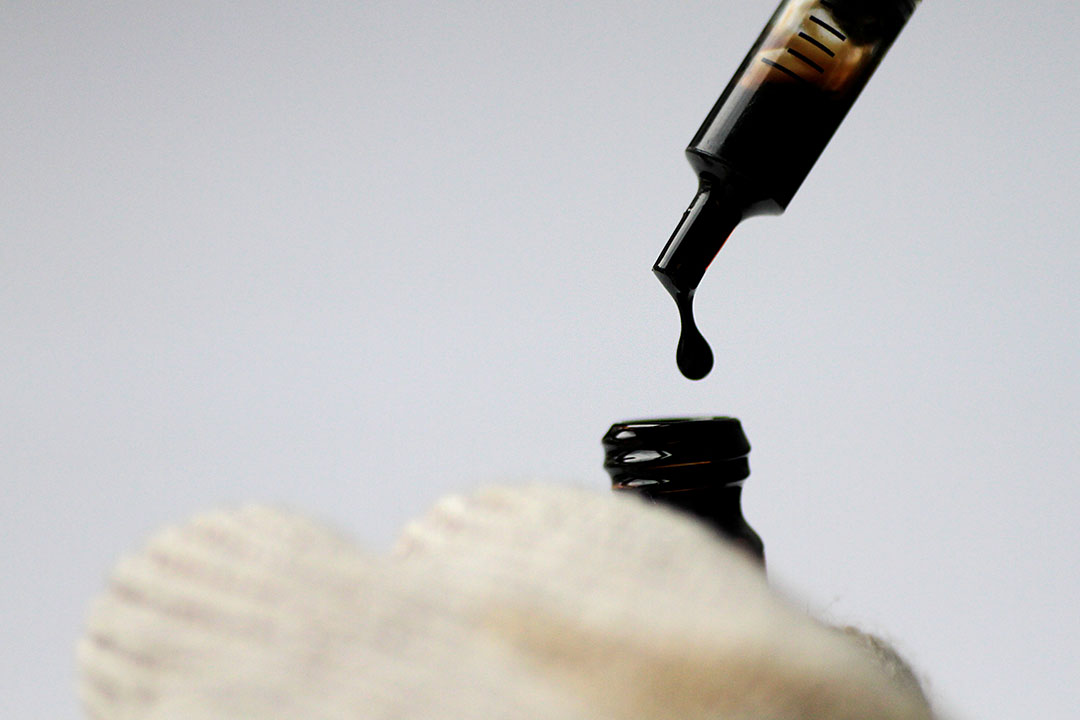
The group comprising the Organization of the Petroleum Exporting Countries plus Russia and some smaller producers has increased its oil output targets by more than 2.7 million bpd this year, equating to about 2.5% of global demand.
The shift in policy after years of cuts is designed to regain market share from rivals such as US shale producers.
Brent prices fell below $65 per barrel on Friday, as most analysts predict a supply glut in the fourth quarter and in 2026 due to slower demand and rising US supply.
Prices are trading below this year’s peaks of $82 per barrel but above $60 per barrel seen in May.
In the run-up to the meeting, Russia and Saudi Arabia, the two biggest producers in the OPEC+ group, had different views, sources have said.
Russia was advocating for a modest output increase, the same as in October, to avoid pressuring oil prices and because it would struggle to raise output owing to sanctions over its war in Ukraine, two sources said this week.
Saudi Arabia would have preferred double, triple or even quadruple that figure – 274,000 bpd, 411,000 bpd or 548,000 bpd respectively – because it has spare capacity and wants to regain market share more quickly, sources said ahead of the meeting.
OPEC views the global economic outlook as steady and market fundamentals as healthy because of low oil inventories, it said in a statement on Sunday.
WALKING A TIGHTROPE
Scott Shelton at TP ICAP Group said oil prices may rise on Monday by up to $1 per barrel as the November production increase turned out to be modest.
Jorge Leon at Rystad Energy said: “OPEC+ stepped carefully after witnessing how nervous the market had become … The group is walking a tightrope between maintaining stability and clawing back market share in a surplus environmentUS.”
OPEC+ output cuts had peaked in March, amounting to 5.85 million bpd in total. The cuts were made up of three elements: voluntary cuts of 2.2 million bpd, 1.65 million bpd by eight members and a further 2 million bpd by the whole group.
The eight producers plan to fully unwind one element of those cuts – 2.2 million bpd – by the end of September. For October, they started removing the second layer of 1.65 million bpd with the increase of 137,000 bpd.
The eight producers will meet again on Nov. 2. — Reuters



